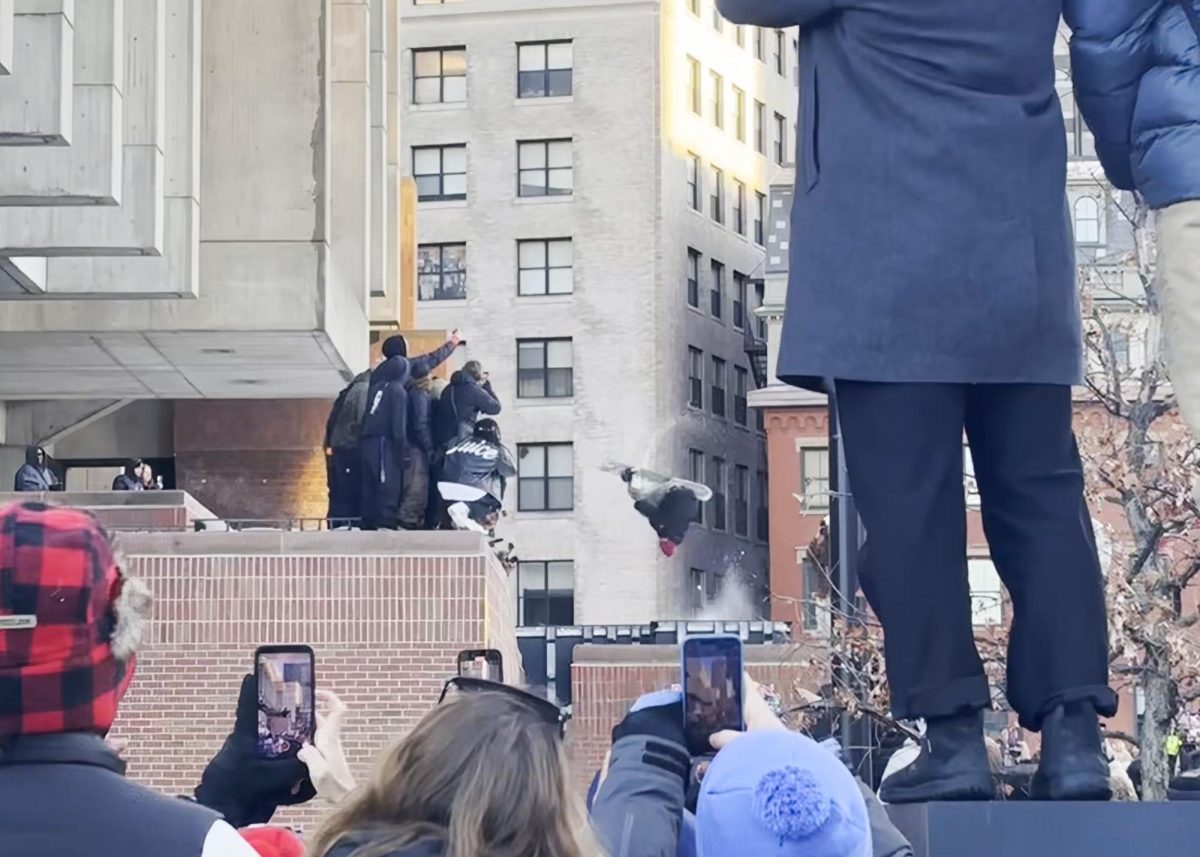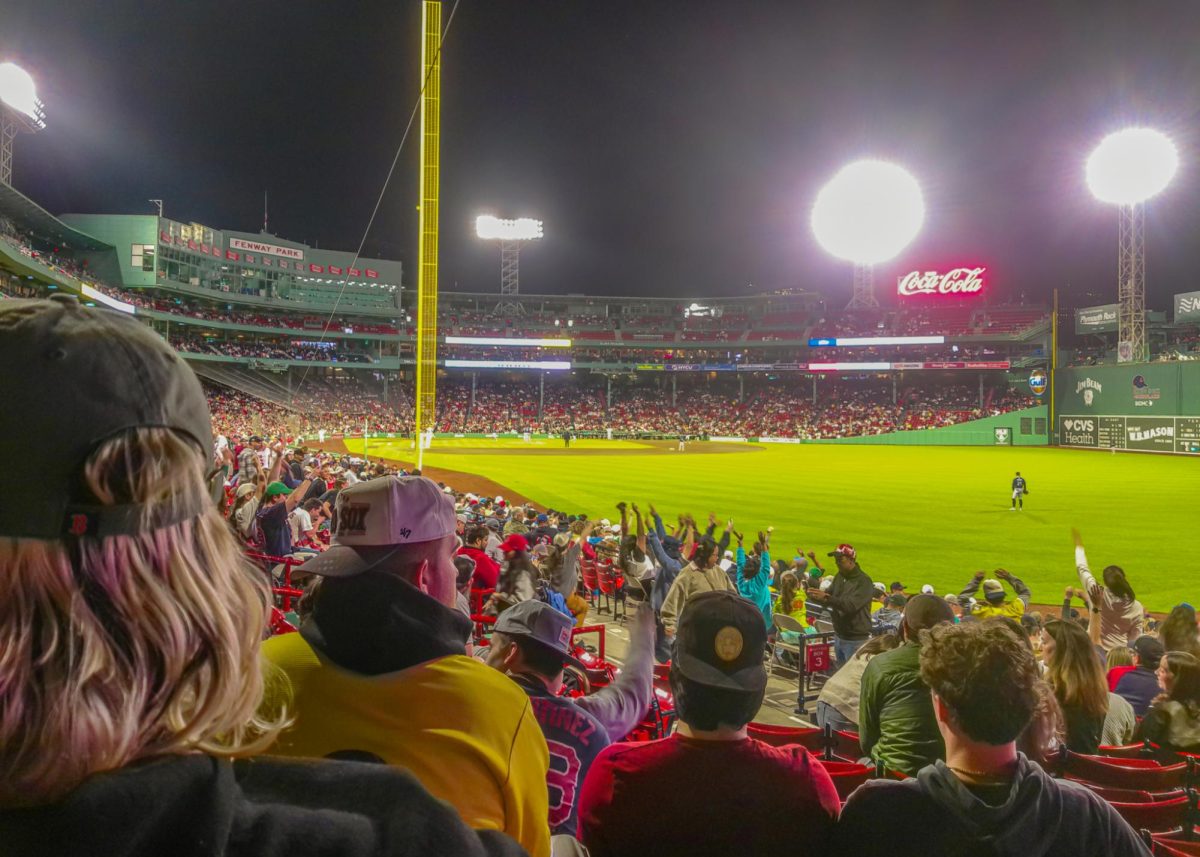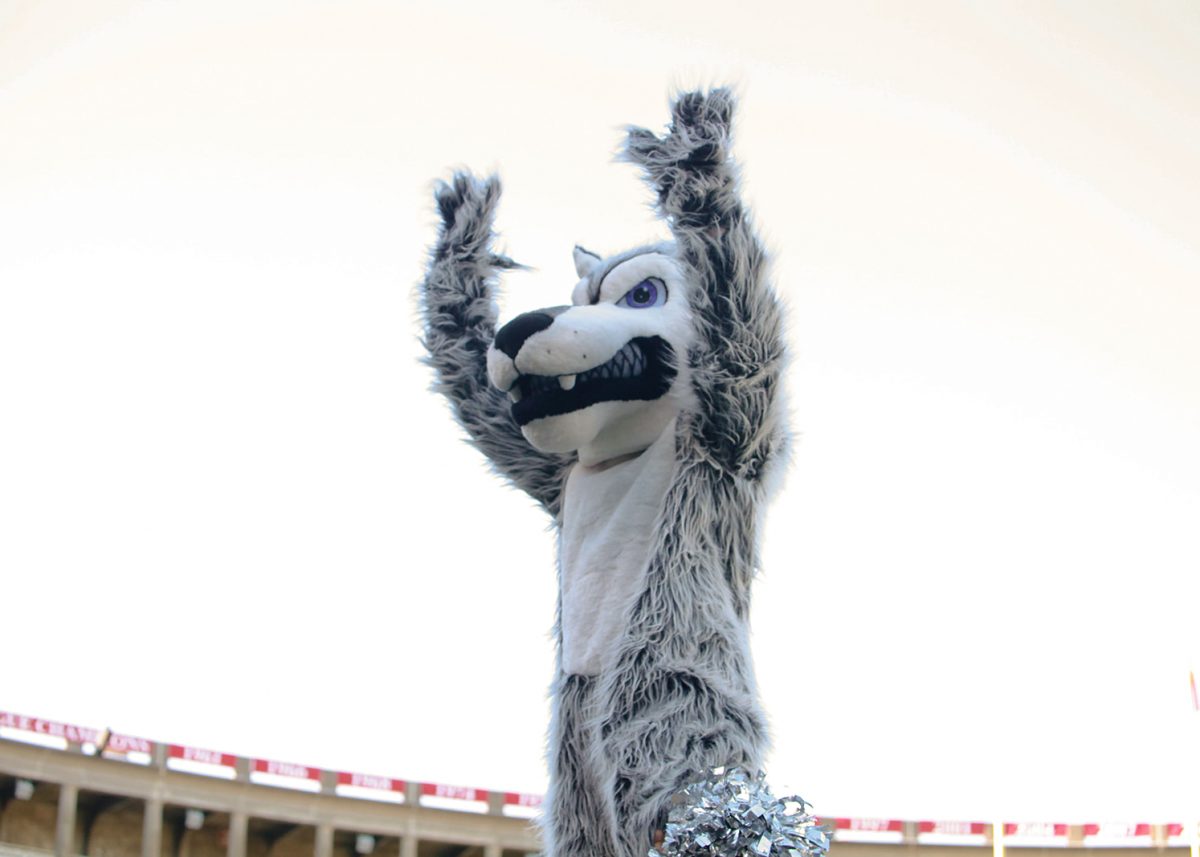On February 22, around 20,000 people gathered at the heart of downtown Boston on the steps of City Hall Plaza to witness the Red Bull Heavy Metal, a single-day snowboarding contest featuring 38 of the world’s most talented and renowned rail riders. It has been almost a decade since the competition was held in Boston and competitors were greeted with thousands of cheering fans in Bruins and Celtics jerseys who had come to watch.
The Red Bull Heavy Metal competition began in 2002 in north of Buffalo, New York at Niagara Falls. Riders who were considered modern-day street riding talents battled it out on snowboarding rails and creepers. The sophomore year of the Red Bull Heavy Metal took place in Portland, Oregon, and in the following year took place in Salt Lake City. At both, the rails had to be brought in and other obstacles such as downbars were only placed temporarily. In 2022, the legendary competition was held again in Minnesota for people to witness.
To set up this event in downtown Boston, the event team brought in the terrain crew from Loon Mountain in New Hampshire to ensure that the competition went smoothly. They brought over three hundred tons of snow to cover the three zones surrounding City Hall Plaza. The team set up various obstacles such as lips, drops and caps on the handrails. The event began at 2:30 P.M. and each of the three zones featured two different heats, or rounds. The entirety of the competition consisted of a 40 foot downbar and a stair set, a jump and wall ride, and the last and arguably the most challenging and historic zone, a 68 foot kink rail on top over 40-plus stairs.
While each zone was equally intriguing, Bryce Johnson (II) found the second portion with the wall to be his favorite. Johnson admires the way they were able to “ride on the wall and get lots of air from the jumps,” remarking that their talent with performing tricks was “unreal.”
The competition featured crowd favorites such as Zeb Powell, gold medal winner in the Knuckle Huck event at the 2020 Winter X Games. Powell was the first ever Black American gold medalist in the Winter X Games, and adding to his accomplishments, he won Zone 1, which focuses mainly on jumps. It also featured some new faces such as 15-year-old Jess Perlmutter from Vermont, who blew out her competitors and took home the overall top spot for women.
When speaking with some of the spectators, John Harvey (II) described the environment as “extremely energetic and quite chaotic but in a good way,” emphasizing the enthusiasm of the crowd. He further explained that as a snowboarding enthusiast, opportunities to see such incredible skill are not extremely common and quite inspiring, particularly because living in a city can be limiting for snowboarding.
This event was motivating to snowboarders looking to elevate their skills by showing them the immense talent of the most advanced level of snowboarding, and what they could perhaps one day become.
Max Williams (II), who also spectated this event, shares, “The event was amazing to go to; the crowd energy combined with the talented snowboarders made it a great time.”
Snowboarding has a flourishing social media presence, with accounts like Snowboarder Magazine having 1.6 million followers. It’s no wonder how students have been hearing of these snowboarding events. Interested students, additionally, who were unable to attend this competition are easily able to find highlights online, allowing them to pursue this interest while simultaneously enabling the world of snowboarding to expand.
With such incredible access, it’s remarkably easy and convenient to watch any of the upcoming events in snowboarding. One such event could include the last stop of the United States Revolution Tour at Mammoth Mountain in California. This tour includes freeski and snowboarding events that take place from March 16 to March 26. For some more patient snowboarding fans, Milan, Italy will host the Winter Olympics in February of 2026.
Snowboarding wasn’t added to the Olympics until 1998, but since then, it has grown exponentially. While Olympic snowboarding originally only consisted of the giant slalom, a downhill event later modified and renamed the parallel giant slalom, and the half pipe, an event focused on tricks, by 2006, a third event was added: the snowboard cross, a snowboarding race through obstacles. It wasn’t until 2018, however, that the big air event was added. The Red Bull Heavy Metal Snowboarding event thus was not only an opportunity to showcase snowboarding skills that would otherwise be near impossible to see in the city, but also a landmark for how far the sport has come.






